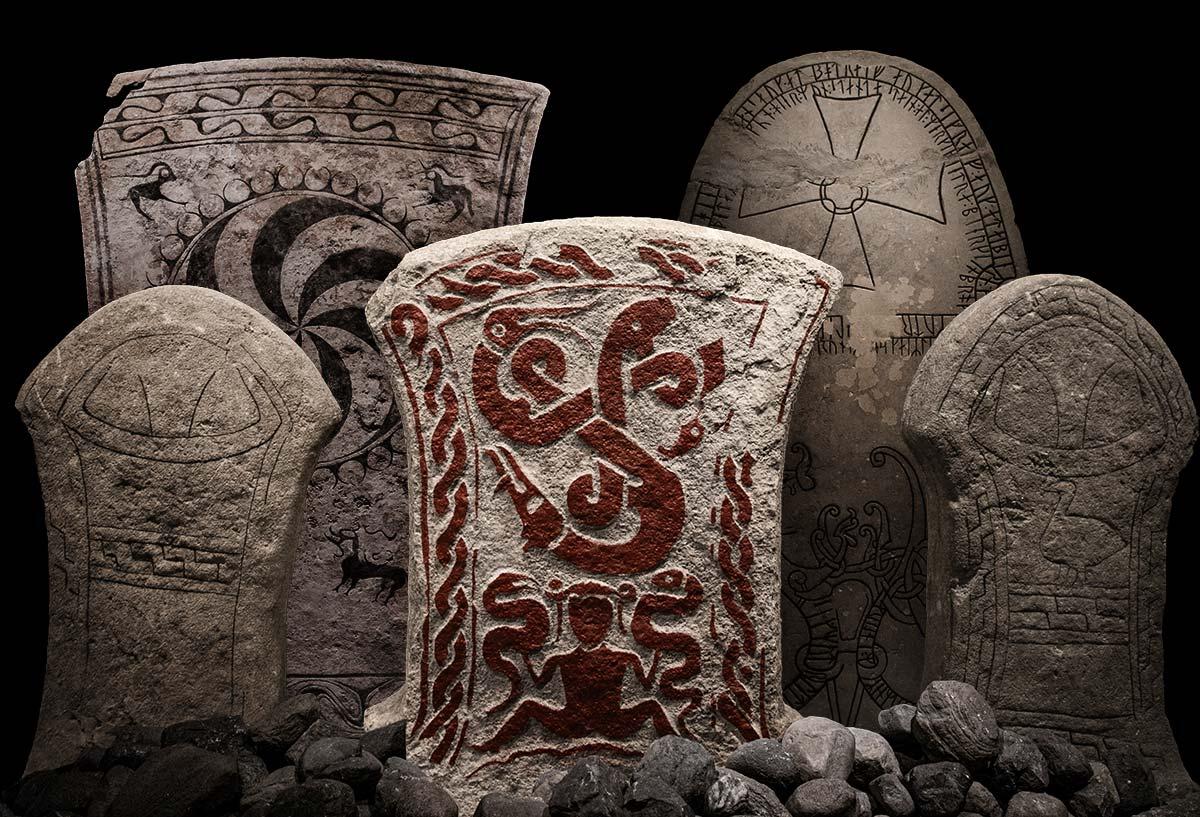Viking Age Gotland: Burial Practices of Children




Within the heart of the Viking Age, on the island of Gotland in the Baltic Sea, a burial site yields intriguing insights into the lives of Viking children and adults. The Ihre burial ground, one of the largest and most telling sites in Scandinavia, consists of around 600 graves, with those from the Viking Age sparked by fascinating burial customs and grave goods symbolizing gender roles and identities during roughly 750–1050 CE. This comprehensive archaeological investigation reveals the complex interplay between biological sex and cultural gender expression in one of history's most captivating civilizations.
Many of the peoples we study — Celts, Greeks, Scythians, or Etruscans — live on not only in culture, but in the traces of their DNA. Seeing where your genome intersects with theirs can make history feel surprisingly close. You can explore this at www.mytrueancestry.com.
Nestled on Gotland's northeastern edges and punched by Baltic winds, Ihre's 300 excavated graves date back to periods spanning from the Late Roman Iron Age to the Viking Age. Among these remarkable remains, approximately 200 are true to the Viking spirit, making this an ideal location to investigate mortuary practices and social organization. The burial site comprises 79 cremation burials, 68 inhumations, and 20 empty graves, revealing diverse mortuary customs of the time. A steady stone or wooden coffin was the preference, often shared with animals or burial goods, showing a glimpse into their decorative and martial lives. The excavations, carried out predominantly in the early 20th century, unearthed fascinating grave structures that serve as windows into the societal fabric of Viking Age Scandinavia.
Traditional osteological methods often fall short in predicting sex in children due to undeveloped skeletal traits. At Ihre, researchers employed a novel multi-method approach, incorporating morphological, metric, and genetic data to enhance accuracy in sex determination. This cutting-edge technique allowed for refined insights into not only the biological dimensions but also the cultural aspects expressed through burial goods. Among the 88 individuals analyzed in recent studies, detailed examination was conducted on 39 individuals under 20 years of age. The investigation found strong alignment between metric methods, particularly the dimensions of the mandibular canine, and genetic sex, underscoring the potential for dental metrics to supplement traditional approaches in archaeological research.
The grave goods of Ihre tell compelling tales of gender roles and social identity that evolved throughout an individual's lifetime. Female graves often held dress items including brooches, pendants, and remarkable adornments, serving as an ode to their role in society and becoming particularly pronounced post-adolescence. Male graves championed tools and weapons, solidifying their role as protectors or craftsmen within the community structure. Certain artifacts, like the weaving tablets found in younger female burials, and penannular brooches in young male graves, hint at gender roles being established even in childhood. The burial of young girls frequently included emblems of dress and adornment, objects that not only signified fashion but probably communicated social standing and gender identity. Conversely, young boys' burials tended to include practical tools or weaponry, suggesting an early onset of gender role expectations with assemblages featuring items symbolic of traditional male roles and status markers of future warriors or craftsmen.
Among those laid to rest at Ihre, skeletal examinations revealed intriguing demographics that speak to the rigors of life during the Viking Age. The presence of two fetuses and an array of young children underscores the challenges of survival during this historical period. Through analyzing burial assemblages for those under 20, researchers have reconstructed a picture of evolving gender expressions coinciding with physical and social growth. Artifacts, such as silver bands or miniature scythes associated with males, and pendants with females, deliver insights into their structured but dynamic societal roles. Notably, mandibular traits proved more consistent with genetic sex than traditional morphological methods, providing a breakthrough in sex estimation for young children, while adolescents presented clearer indicators through pelvic characteristics.
The burial assemblages reveal a dynamic interplay between biological sex and culturally coded expressions of gender, painting a meticulously woven picture of individual lives intertwined with the cultural fabric of Viking Gotland. Examining the burial evidence hints at a society finely attuned to rites of passage and the transition from childhood to adult roles. Yet, in children under 15, the diversity in burial inventories underscores that identity was context-dependent, fluid, and perhaps negotiated within familial and cultural expectations. Some determinations often aligned with genetic sex, while others, particularly among younger individuals, suggested gender expression was more flexible until fully developed in adulthood.
One fascinating aspect revealed by the burial analysis is the presence of objects that challenge direct correlations between archaeology and social identity. Spindle whorls and weaving tablets occasionally appeared in men's graves, while certain chains and keys were found in women's graves. These findings suggest that although binary understanding of sex might have broadly guided burial practices, personal and familial expressions of identity varied and occasionally defied strict definitions. The patterns observed provide evidence that while gendered identities were often materially enforced, they became nuanced in light of personal choice, age progression, and communal norms within Viking society.
https://onlinelibrary.wiley.com/doi/full/10.1002/oa.70016
Discover how your DNA connects to ancient civilizations at www.mytrueancestry.com.
Comments